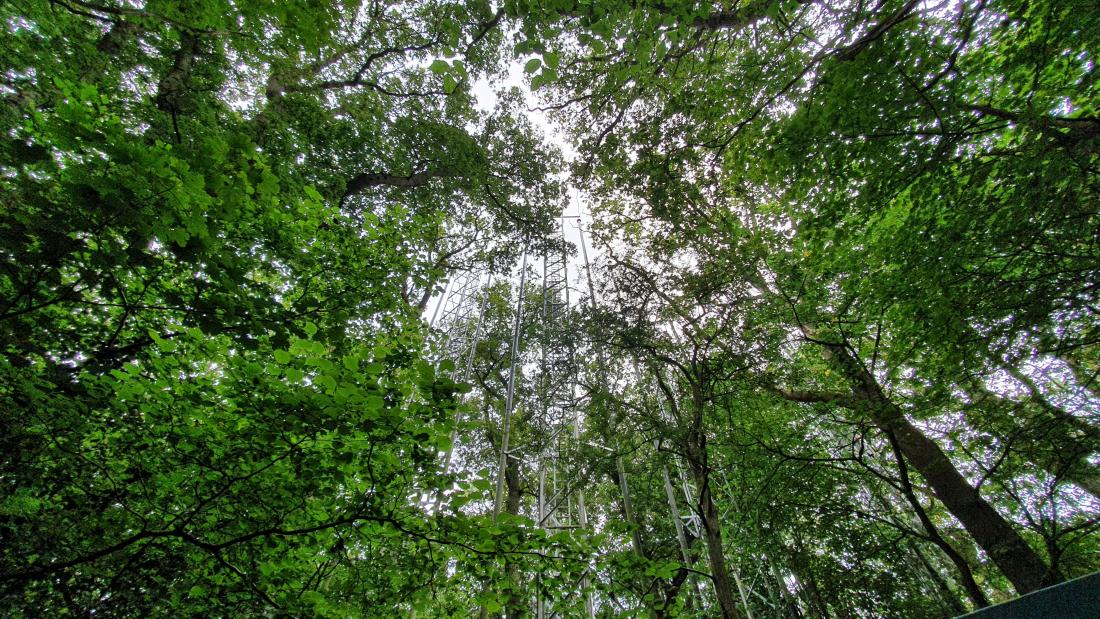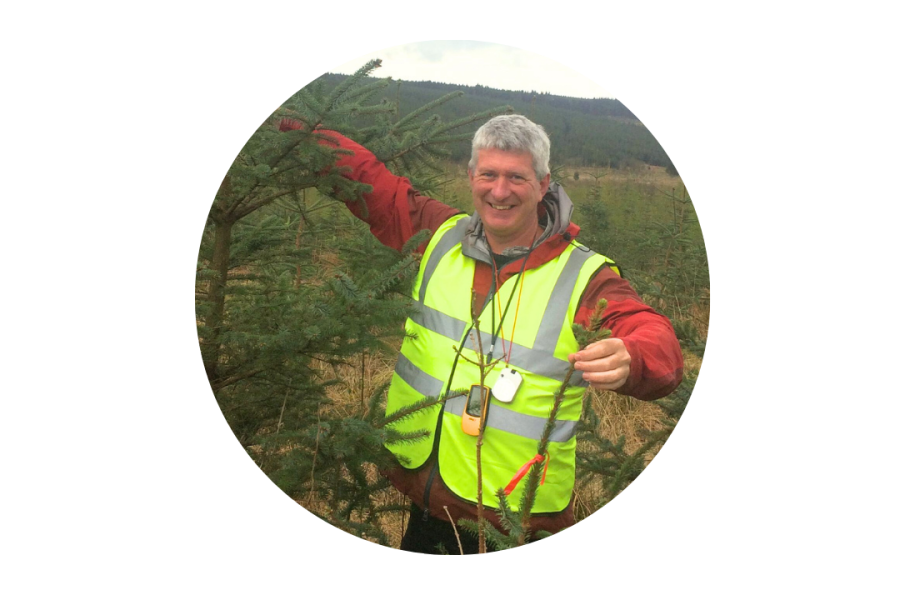Forests allocate carbon to above- and below-ground components of the ecosystem in response to resource availability. Fine root productivity and morphological data collected by Bangor University furthers our understanding of forest carbon dynamics and the nutrient acquisition strategies required for sustained CO2-enhanced tree growth.
Our results have important implications for how future forest development is modelled in Earth system models, potentially refining predictions of how humanity may be affected by future climate change.
The BIFoR FACE experiment began in 2017 and measured the effect of elevated CO2 on wood production by using laser scanning to convert measured tree diameters into wood mass. Scientists calculated the net primary productivity (NPP) by combining wood production of the oaks and understory trees with the production of leaves, fine roots, flowers and seeds, and the amount of organic carbon released from roots.
Researchers found that NPP was 9.7% and 11.5% larger in elevated CO2 than in ambient conditions in 2021 and 2022, respectively - an increase of some 1.7 tonnes of dry matter per hectare per year. Most of this increase was due to wood production and there was no change in fine-root or leaf mass production.
The BIFoR FACE experiment will continue into the 2030s, providing opportunities to analyse long-term responses and interactions with other environmental factors.






